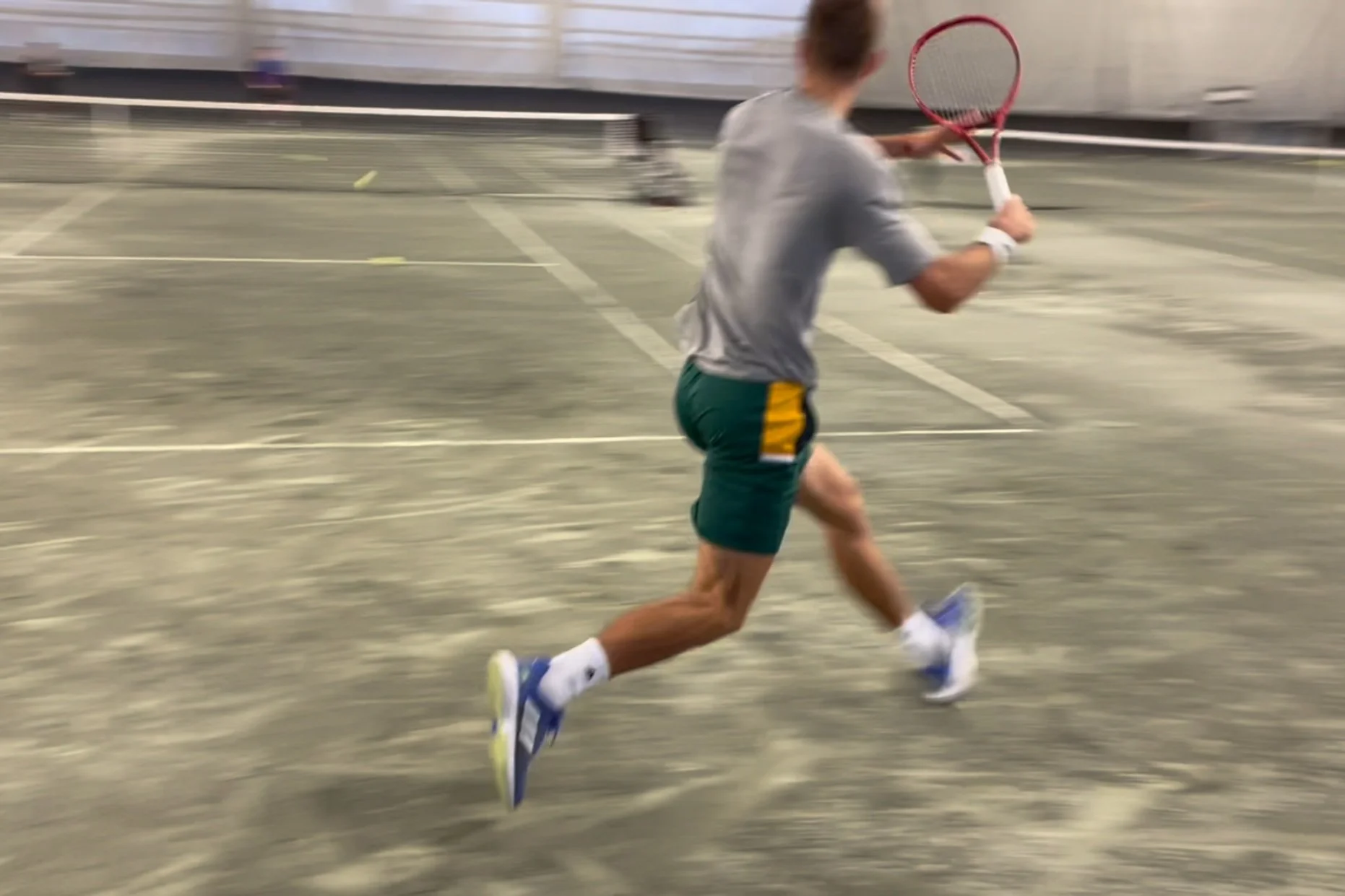This past weekend, I had several players message me looking for a training program they could do for the next few weeks (or perhaps longer) - one that wouldn’t require any gym equipment. And in light of recent events, I’m guessing they aren’t the only tennis players (and athletes in general), in this scenario.
Because of this, I’ve taken some time to create what I’ve called, The ‘No Gym’ Program. So if you’re in the same situation as many (and don’t have access to gym equipment), just scroll to the end of this page and enter your email address - you’ll receive the program for free.
I’ve been asked countless times - from tennis coaches to players and even parents - 'how can I get more leg drive on my forehand?' 'Or more jump from the legs on my serve?' 'Or more explosiveness when moving laterally?' There’s no simple answer. It truly depends on a number of factors, including your strength levels, coordination, training age, biological age, training history, genetics and more. But if I absolutely had to boil my answer down to one form of training, I’d have to look towards plyometrics.
There are many terms to describe plyometrics including plyometric training, plyos, jump training, shock training (that’s what Soviets used to call it) & ballistic training. I may use some of these terms interchangeably throughout this article but they all refer to plyometrics. Whatever you call it, it’s general premise is to increase power output.
In previous posts on COD, we spoke about the importance of reactive strength. In particular, we emphasized the role leg and ankle stiffness plays in the production of reactiveness. Ultimately, high levels of reactiveness are predicated by very fast eccentric-concentric muscle actions. These actions impact a variety of movements in tennis, including any type of first-step reaction that involves very little changes in knee, hip and ankle amplitudes. `
But what about movements that have longer ground contact times? For instance, a player is forced into a deep lunge position - perhaps because of a fast low ball or because they’re retrieving a low volley at net. To recover from these types of scenarios requires qualities that extend beyond reactiveness. This is where strength and power qualities come into play. While reactiveness is great when joint angles are small, inertia is low and ground contacts are short, when these parameters are reversed, fast stretch shortening cycle (SSC) abilities won’t cut it.
Last week we introduced reactive strength and its underpinning qualities. If you haven’t read that post, I strongly encourage you to do so, as it’ll provide a scientific rationale for what’s to come in this article.
Recall that reactive strength is effectively the fast component of the stretch-shortening cycle (SSC) - SSC activity being a rapid change from an eccentric to a concentric contraction that produces more power than would be possible with a concentric only contraction. We also determined that reactive strength is quite important as it relates to change of direction (COD) in tennis. There are 2 reasons for this. First, it’ll improve a player’s split-step ability - effectively allowing for a faster first step initiation - AND it can help with movements - along with recoveries - that are short but require high levels of explosiveness (think of shots that are near you but are coming at you with speed).




